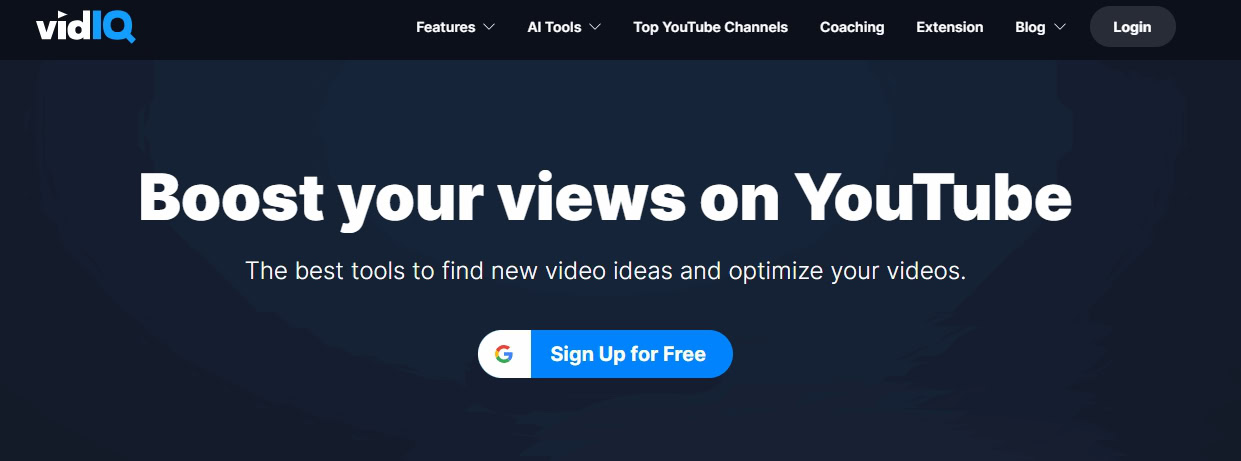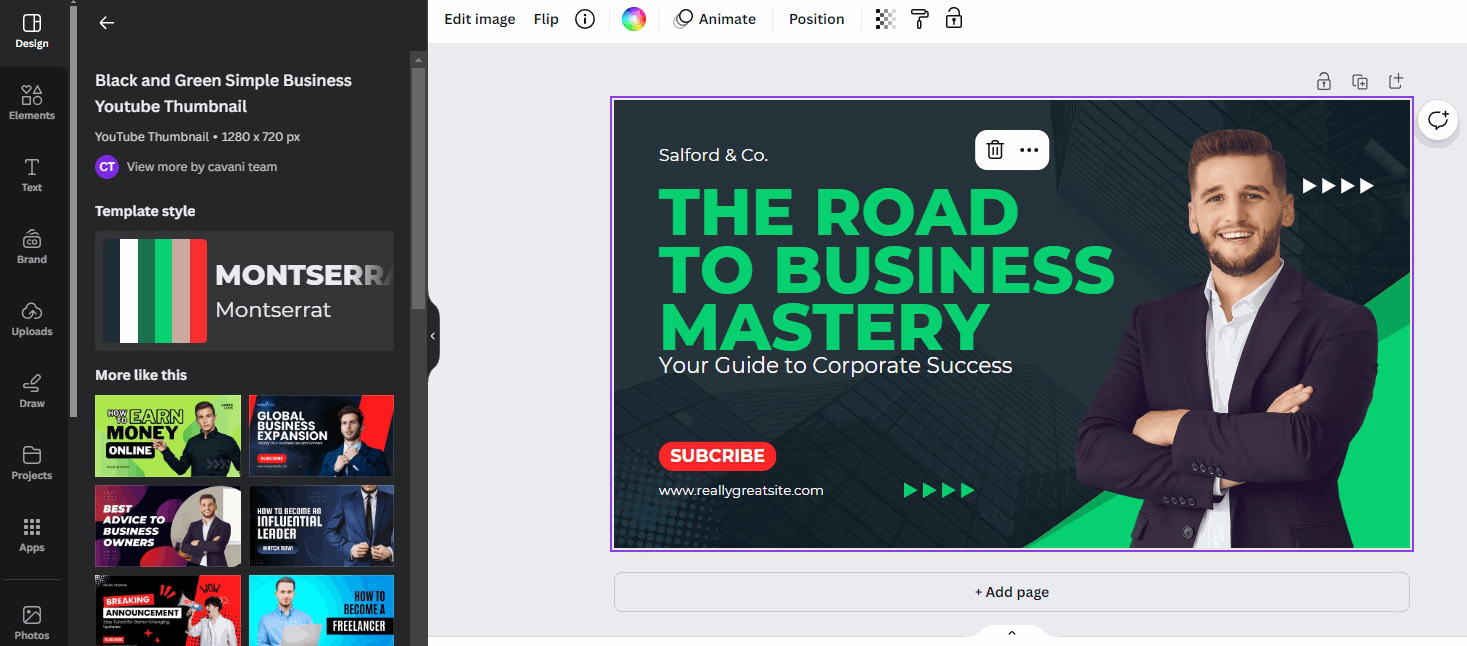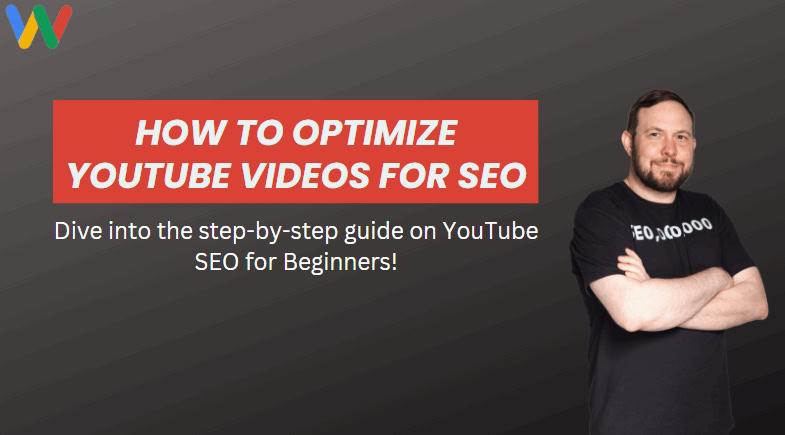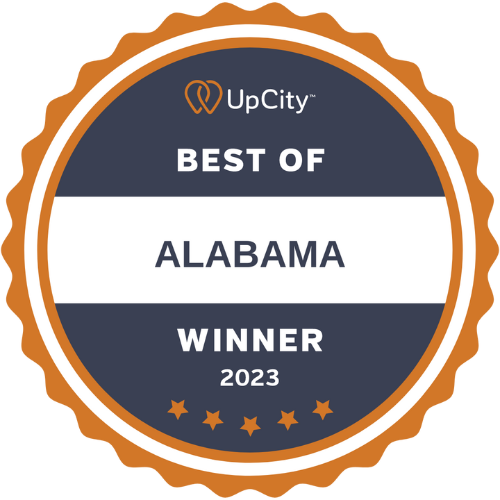YouTube is the biggest video platform in the world, boasting more than 2.4 billion active users.
But, if you want your videos to be seen by the right people, you need a well-thought-out SEO strategy.
This blog post delves into the ins and outs of what it takes to rank on YouTube.
From YouTube keyword research to creating engaging content, we’ve got you covered.
Table of Contents
Let’s talk.
How to Optimize YouTube Videos for SEO: 5 Steps to First Page Ranking
Here’s what a successful YouTube SEO campaign looks like – Step-by-Step.
Keyword Research
One of the first and most important things in SEO is finding what your audience searches for.
When you’re trying to rank on YouTube, think about the keywords they’ll use to find videos on the platform.
For instance, let’s say you’re a roofing business trying to get clients in Birmingham.
You could create YouTube videos on informational keywords to build authority in the space.
Example keywords:
- Roof inspection checklist
- Roof cleaning techniques
- How to prevent roof leaks in Birmingham
To find the exact phrases people are searching on YouTube and Google, you’ll need a keyword research tool.
VidIQ is a popular one, using which you can find a list of popular search queries through. It specifically focuses on search volumes within the YouTube platform.

If you want to rank your videos on Google, you can use its own Google Keyword Planner.
While the tool is free, it only shows exact search volumes for keywords when you’re running a paid campaign.
You can also use the YouTube search bar to get keyword recommendations around your head term.
Pro tip: Find long-tail keywords with low difficulty and decent search volumes to rank your videos easily.
Create Compelling Thumbnails
The thumbnail is the most prominent part of a YouTube video on the search results page.
If it’s not relevant and attractive, your video won’t get enough attention, even if it’s super helpful and high-quality.
A compelling thumbnail generates clicks and engagement, helping your video’s organic reach on the platform.
The good news is anyone can create attractive YouTube thumbnails with a little training and basic design sense.
Platforms like Canva have lots of pre-designed templates to help you get going.
Creating a thumbnail from scratch isn’t hard either. You can use its drag-and-drop builder to create one.

Write Keyword-Optimized Titles, Descriptions, and Tags
Once you have your target keyword, you need to add it to all the important sections of your video.
For instance, if your keyword is “Roof cleaning tips”, add it to the:
- Title
- Description
- Tags
However, keep in mind that search engines like YouTube can now sense keyword stuffing.
If you use your target keyword too many times, it can lead to a decline in rankings.
As a rule of thumb, write for humans, not search bots.
Title: Keep your YouTube video title under 100 characters. Front-load it with the most important information, such as your keyword.
Meta Description: Depending on the device, the meta description of a YouTube video is visible up to 120 characters.
The upper limit is 5000 characters. Utilize this space by adding a detailed description of your video. This will give the search engine a better understanding of your video’s content.
Tags: Tags are another important part of video SEO. Their character limit on YouTube is 500, so you can add a few semantically related keywords. Try to use long-form variations of your main keyword to provide the search engine with more context.
Use Closed Captions
YouTube automatically transcribes your videos and adds captions to them, but they can be inaccurate.
This can make them incomprehensible, effecting your video’s SEO negatively.
The problem is that automatically generated captions can be taken as spam by search engines.
What you should do instead is upload an SRT file with accurate captions to your YouTube videos.
See, YouTube’s search engine can only read text. It can’t watch your video.
Uploading accurate captions is a great way to tell YouTube what your video is all about.
In addition to providing a ranking boost, closed captions are known to help user engagement. Closed captions are found to increase a video’s watch time by 12% increase.
A video with closed captions is more likely to engage viewers who don’t have access to audio or don’t want to turn on the audio.
Plus, using closed captions make it easy for people to watch your videos on the go. The result is an increase in likes, comments, and shares.
You May Also Like: Are Video Embeds a Ranking Factor for YouTube Videos?
Focus on Engagement
Videos with a higher number of likes, comments, and shares tend to rank high in search engines.
YouTube cares about keeping visitors on its site. Videos that help the platform achieve that perform well in discovery.
Improve Your Watch Time
Watch time refers to the length of time an average person spends watching your video.
A 10-minute video with a watch time of 5 minutes (50%) shows better engagement than a 10-minute video with a watch time of 3 minutes.
The higher a video’s watch time, the better it tends to rank on search results.
Use an attention-grabbing introduction to hook the viewers in the first few seconds of your video.
Also, spark their interest right away by describing a problem they may have and how your video will provide a solution.
You can also give them a short glimpse of what’s to come later so they have a reason to stick around.
For instance, if your video shows how to do a DIY project, showcase the finished project in the beginning to keep them interested throughout the video.
How to Optimize YouTube Videos for SEO: Conclusion
YouTube SEO starts with understanding your audience and finding the video topics they’re interested in.
This means finding keywords that have some monthly search volume using tools like Google Keyword Planner.
Optimizing a YouTube video involves adding your target keyword to all relevant places in your YouTube video: The title, description, and tags.
The meta description is where you get 5000 characters to tell the search engine what your video is all about.
Moreover, videos that grab attention and keep the viewer hooked have a better chance of ranking on YouTube.
The thumbnail is the most prominent part of your video in search results. Make it eye-catching to generate clicks but keep it relevant to the video’s content.
You May Also Like: Are Short Videos on YouTube Okay for SEO?










